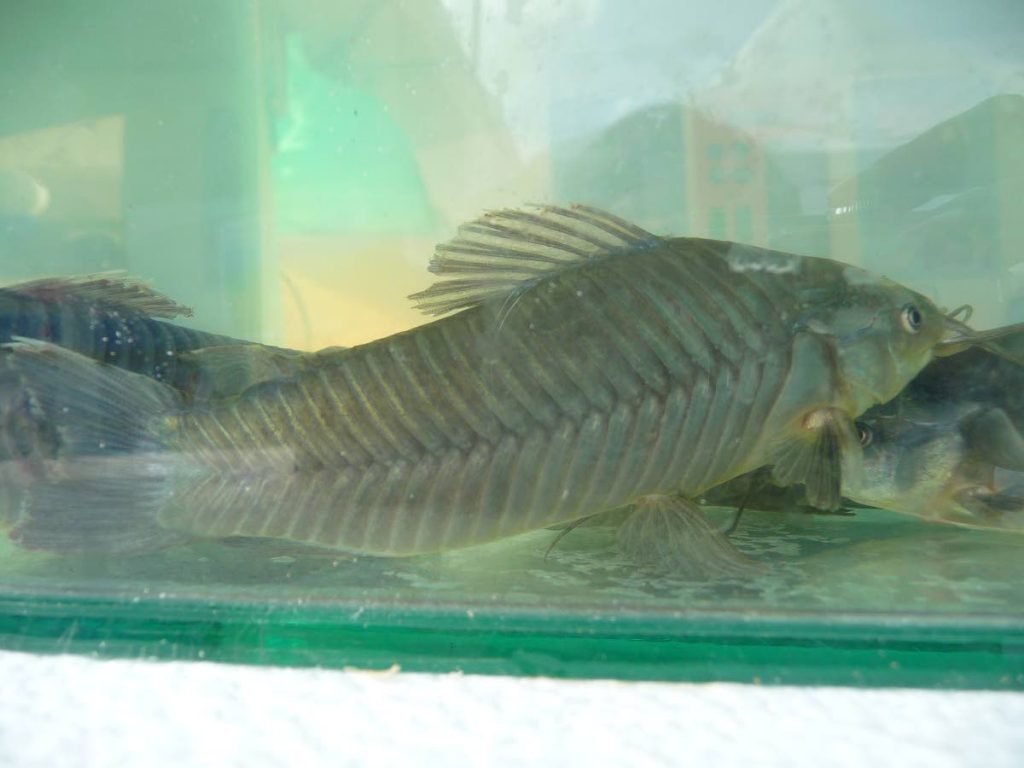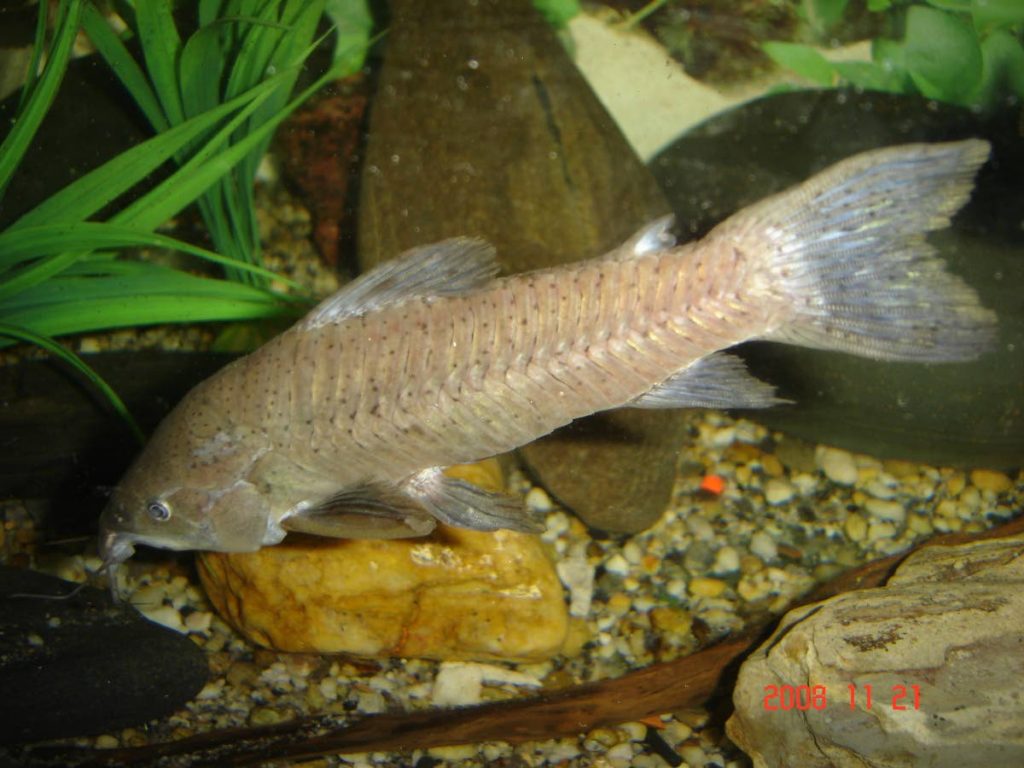The cascadu: How climate change affects Trinidad’s prehistoric fish

The cascadu (Hoplosternum littorale) – also spelt cascadoo, cascadoux or cascadura – is one of six freshwater catfish species found in TT.
But its appearance makes it even more unusual.
Aquatic ecologist Dr Ryan S Mohammed told Newsday Kids, "The cascadu's scales form an armoured plate.
"The cascadu is one of just three catfish species that have armoured plates. It's the largest of the three armoured catfishes we have in TT."
Mohammed has researched a wide variety of species found in ecosystems like mud volcanoes, wetlands, rivers, estuaries, and reefs.
He particularly loves doing research on aquaculture (the farming of fish) and alien invasive species.
With the cascadu being found in turbid waterways with rocky beds, its armoured plate serves as a form of skin protection.
Mohammed said the cascadu's armoured plate gives it a prehistoric look. But that's not the only thing that's prehistoric about this fish.

Trinidad is the only place, outside of South America, where the fish is native in the wild.
The cascadu has been introduced to places like Florida where it has become an invasive species. The fish is a reminder that Trinidad was once connected to the South American mainland, but broke off thousands of years ago. Some South American animals, like the cascadu, would have survived on the new island.
The cascadu is only found in the waterways of central and south Trinidad. You may be wondering, why aren't they found across the entire island?
Well, waterways in central and south Trinidad have similar characteristics to those found in South America, which the fish prefers.
When these fish mate, the male cascadu will build a floating nest for the female to lay her eggs. Mohammed explained they do this because the waterways they live in may often have a low concentration of dissolved oxygen.
With oxygen being key to the eggs’ survival, he added, "The floating nest is made out of air, mucus and some vegetation. The eggs will remain just below the water's surface where they are kept properly oxygenated.
"However, the nest protects them from the high temperatures and direct sunlight found just above the water's surface."
Once a female cascadu lays her eggs, she flees and leaves the male to care for them.
Like any species, the survival of the cascadu is dependent upon successful reproduction.
With recent change to local weather patterns, due to climate change, the ability of the fish to successfully reproduce has been affected.
These fish mate and build their floating nests at the start of the rainy season. So successful reproduction is dependent upon a distinct end to the dry season and a distinct start of the rainy season.

Therefore longer dry seasons, and even wetter dry seasons, disrupt the fish's ability to reproduce.
"The cascadu is one of the fish species that is most visibly affected by climate change,” Mohammed told Newsday Kids.
In TT, curried cascadu is a popular delicacy. But Mohammed warns that if people continue eating these fish at the rate they are now, there may not be many left.
"The population of cascadu in the wild has decreased significantly. The reasons for that include overfishing and habitat loss.
"Plenty of the places they were once found have been heavily polluted by agricultural activity or waste water from homes that were built nearby.
"We need to either farm these fish to get more to eat – or we run the risk of losing all in the wild."
Folklore says that anyone who eats the cascadu will come back to TT to die.


Comments
"The cascadu: How climate change affects Trinidad’s prehistoric fish"